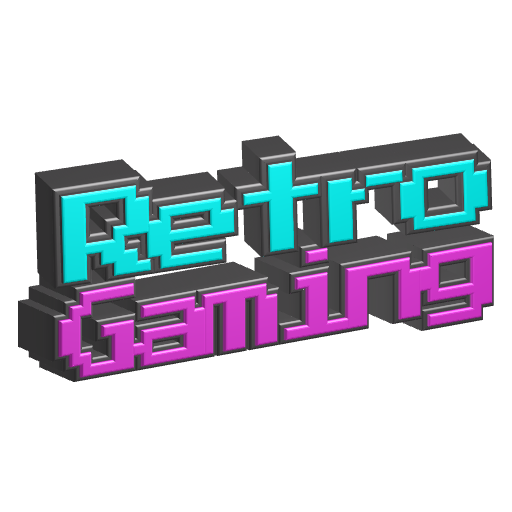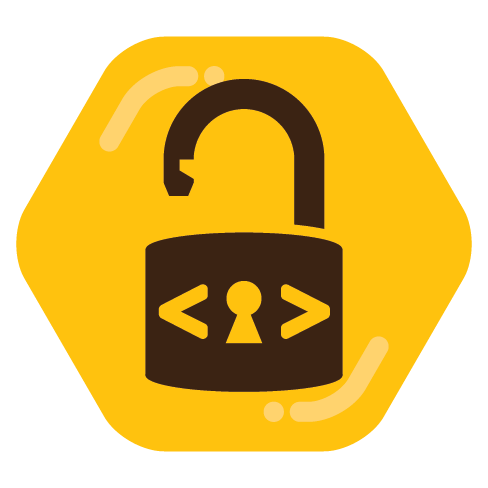

You “fight” it by preventing it from spreading.


You “fight” it by preventing it from spreading.


You could probably chain some smaller HDMI switches together. Not sure what the practical limit would be or when lag would get noticable, though.


Now, if you feel that the bare minimum is enough, then okay. But some people choose to play four-player Smash Bros. and we encourage that, okay? You do want to play four-player Smash, don’t you?


The link in the news article (now?) redirects to another domain.


Prevent it from being lost by seeding the torrent. (All Internet Archive items automatically have one.)


830 partners! Try not to sell any data on your way to the parking lot!


Not for everyone, but if “collection of perl scripts” sounds like your jam, GnuPod still works for a CLI option.


I was given a sous vide machine as a gift, only a power button on the device and no way to control it outside of an Android/iOS app over Bluetooth or WiFi. Not something I’d ever buy for myself thanks to the lack of manual controls (even though the experience of using the app is honestly very nice), but I’ve been preparing myself for the day it just stops working.
The color screen of e-readers is too dark for me and substantially lacks contrast. It’s very noticable. The layer for pen recognition already makes the screen darker, but the color display is adding a lot more to the darkness and lack of contrast.
There were a handful of reasons I returned mine, but this was the biggest one. Color eink isn’t ready yet, and the limited color palette wasn’t even the worst part… it was the dark screen. Needing to use the backlight so often is just disappointing, and turning it on negates all the good stuff about eink, making you feel like you’re using a really shitty tablet. Maybe things will be better in a generation or two, but if you need color you might as well get a conventional tablet.
There are two ways to do a to-do list in Joplin: within the text of a single note or at the next level up, where an entire folder can be populated with full-fledged notes you can individually check off. The flexibility is really nice.


The Android version of FBReader has been closed-source for a number of years now.


Assuming your phone is Android and your Kindle books aren’t DRMed, KOReader.
The opening frames still make me think I’m about to see the Interplay logo.
I’ve got a dorkier story: I asked for speech dictation software.
I thought of Joplin too. It lets you set an emoji for each folder and subfolder, but not for individual notes.
Also, depending on what OP means by “cloud,” they can sync Joplin clients using a plain webdav server, even one that’s just running on their LAN.
A great example of why I’d just about always prefer to get software packaged by my distro (Debian) over “straight from the developer” methods (including pip, npm, flatpak, etc.). I remember hearing about this and being like “Oh, that’s bad, but it’s not going to affect me.”


Gaim.
GIMP and Mozilla Browser were a couple of my early ones as a Windows user, but I probably saw those as worse, or at least less polished, versions of other software. Gaim (later Pidgin) was the one that first made an impression on me.
AIM was important software — it basically was social media to me at the time — and I’d stumbled into using third-party add-ons (for example, DeadAIM) for the official AIM client to add extra features and block the in-app ad banner. But it was always a cat-and-mouse game where AOL would try to block add-ons and the developers would have to work around that.
Gaim was refreshingly immune to all that stuff… it simply didn’t support ads, and all its advanced features were built-in. That it supported other messaging protocols was a nice surprise too, and to this day has soured me on siloed, proprietary messaging apps. The GTK UI also looked and felt a little exotic on Windows XP.
When I finally moved to Ubuntu, having apps like Gaim, Firefox and GIMP ready to go made things pretty comfy.
I’d second their suggestion of Tetris for this.